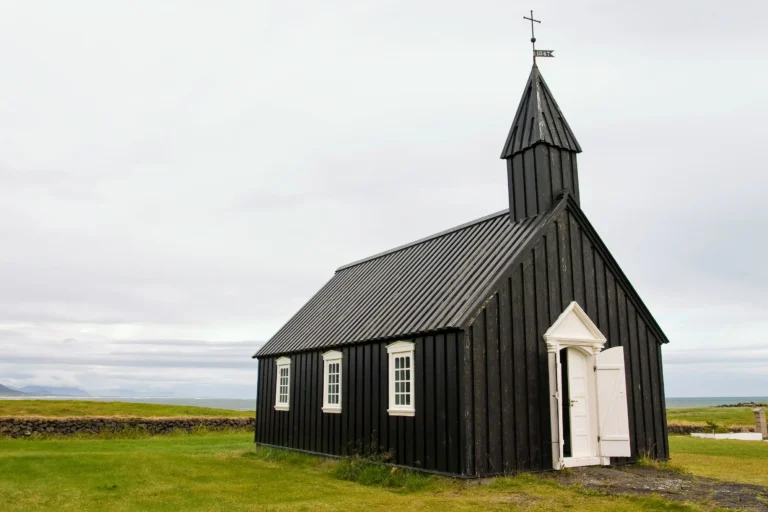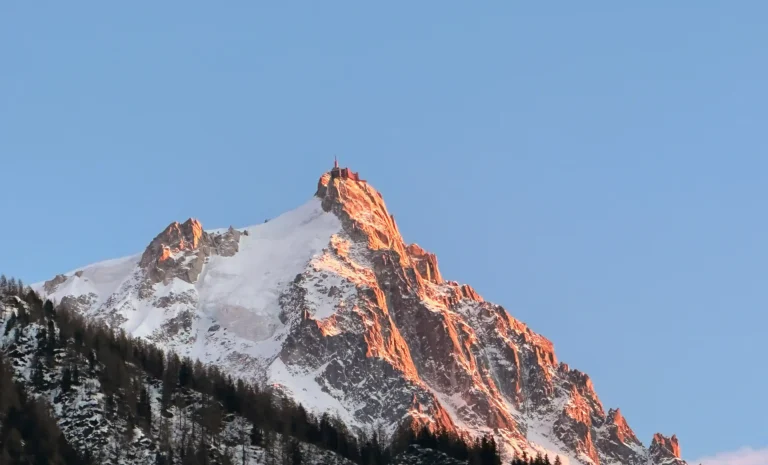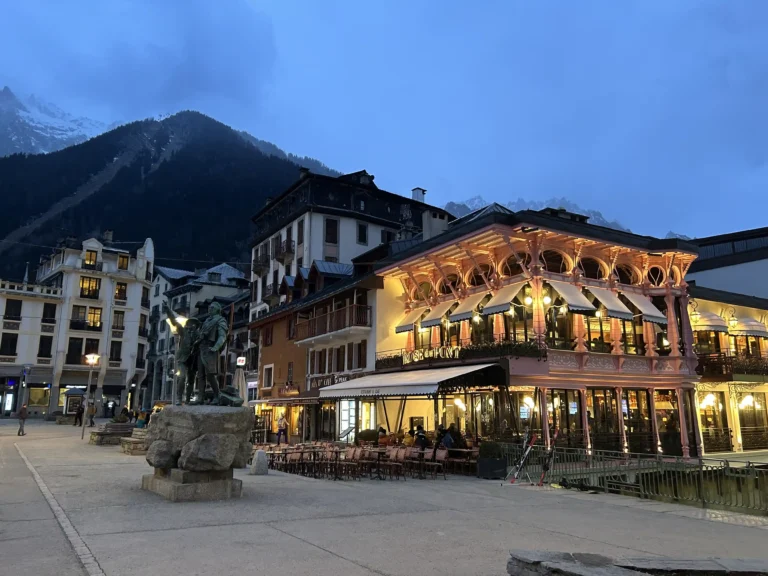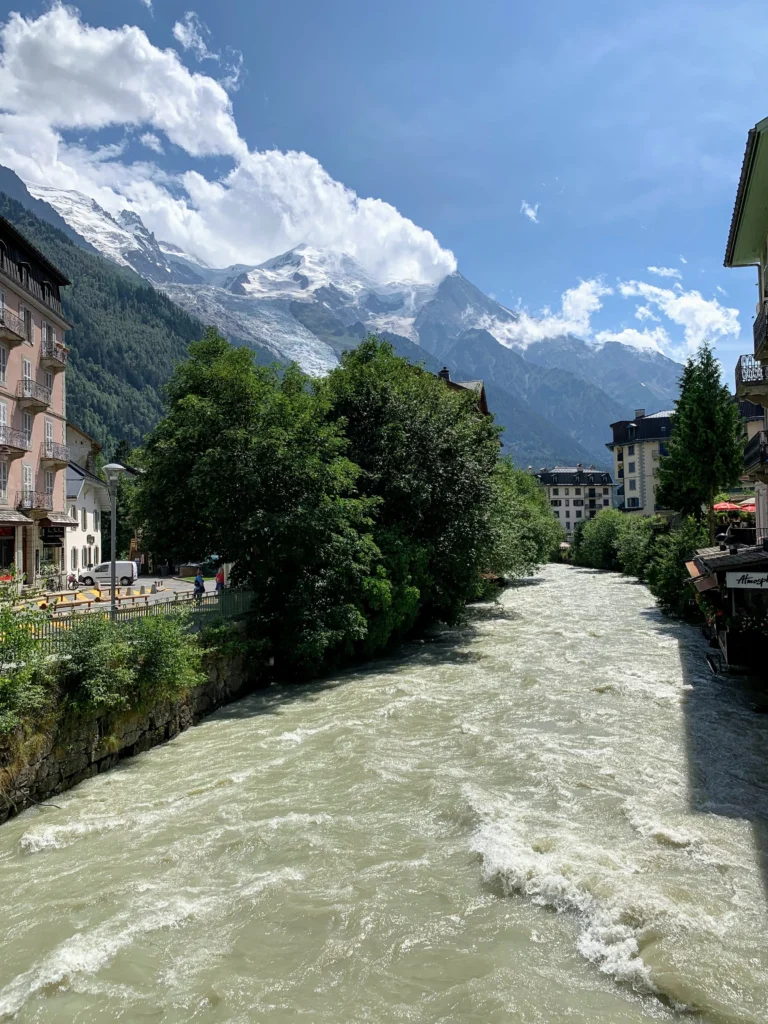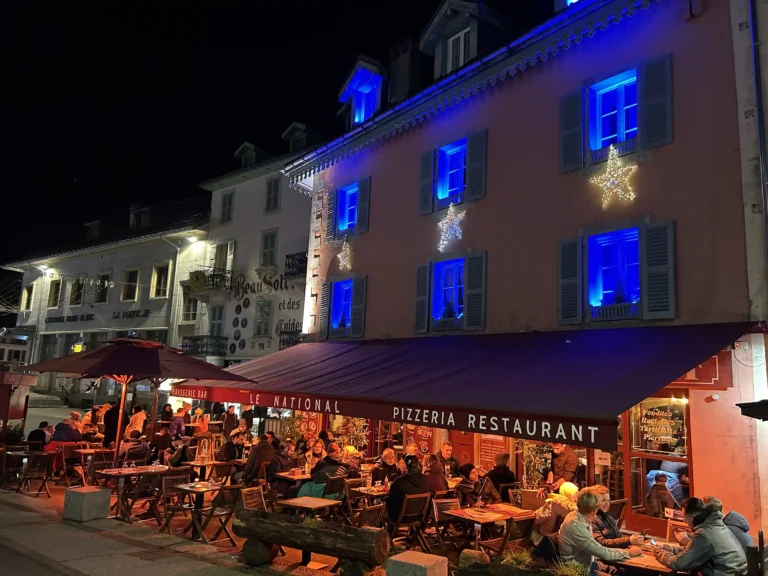The weather on the third morning in Iceland differed from the previous days. It was cloudy and windy. The aim was to explore the beautiful Snæfellsnes peninsula and to see as much as possible. The peninsula is about 90 km long and graced by a magnificent mountain range of high, rugged peaks formed by the force of the glacier. After breakfast, we drove to Stykkisholmur harbor on a boat trip to see puffins. But it was windy, and the rough sea, so we decided not to take this two-hour trip.
From Stykkisholmur, we drove to the south coast of the Snæfellsnes peninsula. We stopped at the beautiful wooden church Búðakirkja and another pretty but newer church in Stadarstadur. All the churches in Iceland that we saw were charming and welcoming.
The next stop was at Raudfeldsgja gorge. Here was an opportunity to read the chap. It was promised that at the end of Raudfeldsgja gorge, the view would be gorgeous and include Snæfellsjökull on a sunny day. But this day, it was cloudy, and the bottom of the chap was wet and difficult to go through. So, we only did the first couple of meters. I must say it was a good experience. I would recommend it on sunny days and, if possible, without heavy equipment, as there is a need to jump on stones.
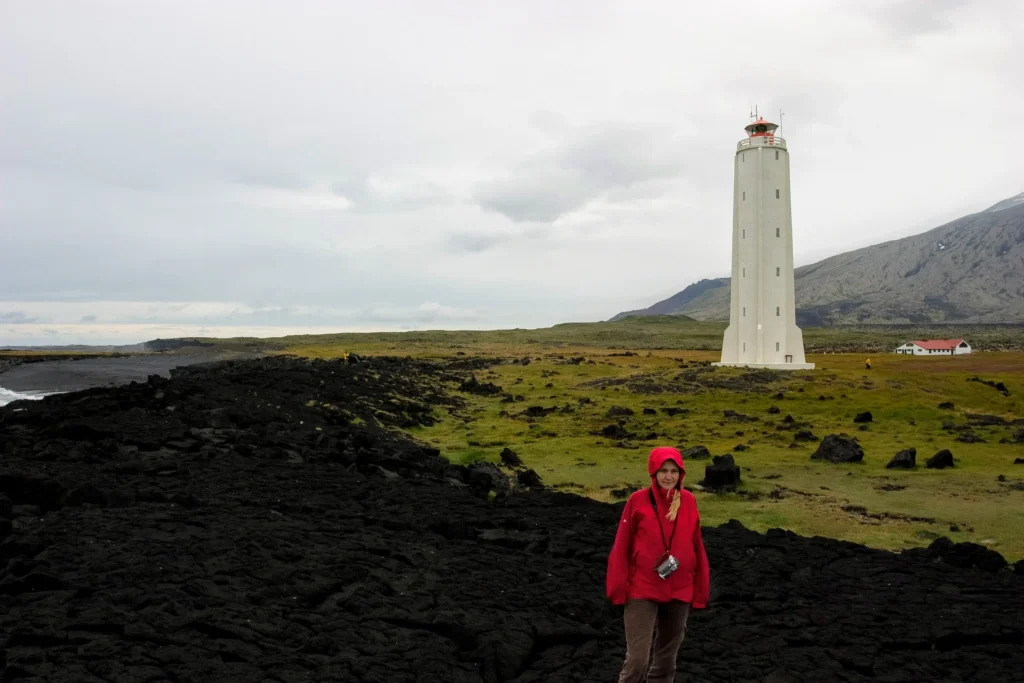
We stopped in Arnarstapi to see the rock arches. Arnarstapi is a small fishing community with a growing colony of summer cottages. The weather was not enjoyable, but the view was gorgeous. An extremely unusual rock formation, Gatklettur, was the main attraction. There are many rock formations along the shoreline. If it were not so windy, we would have gone for a 5-kilometer walk from Arnarstapi to Hellnar.
The next stop was Hellnar, a picturesque spot overlooking a rocky bay. We had lunch at Fjöruhusid Cafe. The cafe is at the harbor. The soup tasted homemade. The view of the stormy sea was stunning. At the port, we picked some lava stones-very glabrous and oval. Now those stones are in a cactus pot covering the soil.
From Hellnar, we decided to drive the mountain road to get as close to Snæfellsjökull as possible. The icecap Snæfellsjökull is an active volcano. Snæfellsjökull is famous as it is exploited in Jules Verne’s fantasy tale “Journey to the Center of the Earth.”
Jules Verne wrote a novel in 1864 called “Journey to the Center of the Earth,” in which the main characters travel to the center of the Earth via a volcano on the Snæfellsjökull glacier in Iceland. The story follows a German professor, Otto Lidenbrock, and his companions as they journey into the Earth’s interior, encountering various strange and fantastical landscapes and creatures along the way.
It is believed that Snæfellsjökull is one of the seven main energy centers on Earth. Poets, writers, and artists have often visited the glacier to find inspiration and energy.
The mountain road took us to Olafsvik, a beautiful fishing village on the north coast of the Snæfellsnes peninsula. Olafsvik settled centuries ago because of its good harbor facilities and rich offshore fishing grounds. The harbor was full of different sizes of ships.
Dinner at the hotel was again fabulous. Nothing could taste better here than fresh seafood. In conclusion, about the Snæfellsnes peninsula, we can say that the landscape here is diverse and magical. The peninsula differed from other areas we visited during our short Iceland trip.
Related reading:
